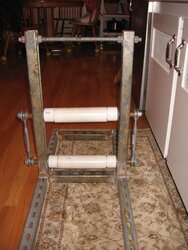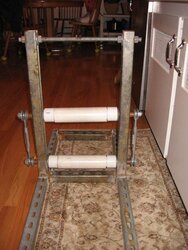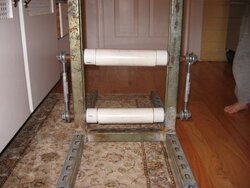Just bought a house and will be bringing the Mansfield along. The previous owners left an All-Nighter installed in the basement into a masonry chimney with clay tile flue. I don't like the looks of the clay (a couple are cracked) and plan to reline the chimney with stainless. It seems to me there are two separate groups of liner systems. There's Simpson and Selkirk with multiple short sections of pipe (rigid or flex) and insulation sleeves. And then there's Rockford, Chimney Liner Depot, Magnaflex, and Homesaver (and possibly others) with full length trim-to-length liners and wrap-around insulation. Obviously Selkirk and Simpson have impeccable reputations, but the other brands are definitely appealing for ease of installation. How do they all compare quality-wise. Some of them claim to have less toxic insulation, but I can't find any info on what Selkirk's or Simpson's are made of. I would hope that at this point non of them have toxic side effects. Rockford looks particularly appealing because it's available full length oval, even with an oval chimney cap and top plate. Any thoughts?
The clay liner is 6.5"x11.5" inside
Jon
The clay liner is 6.5"x11.5" inside
Jon




